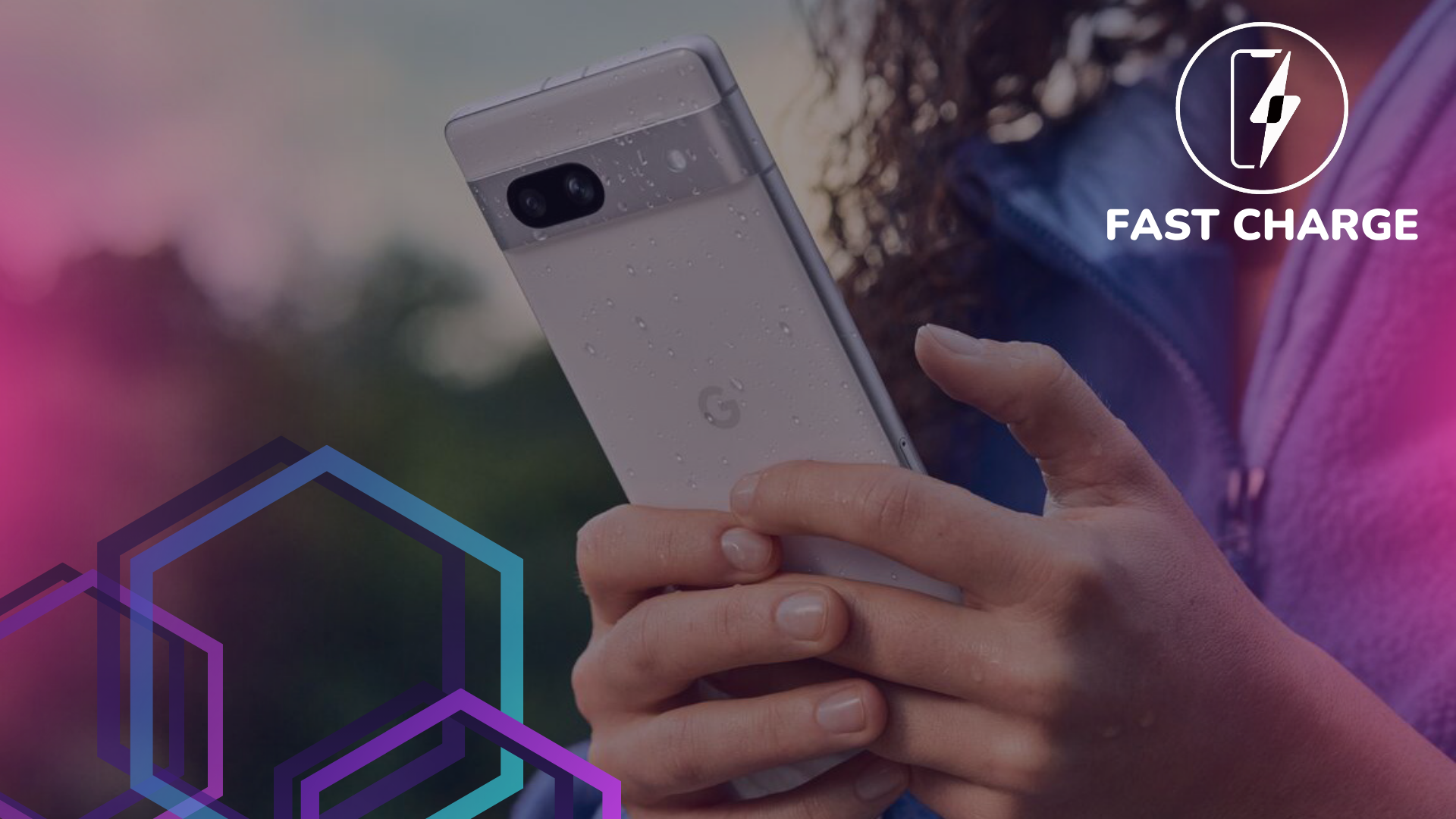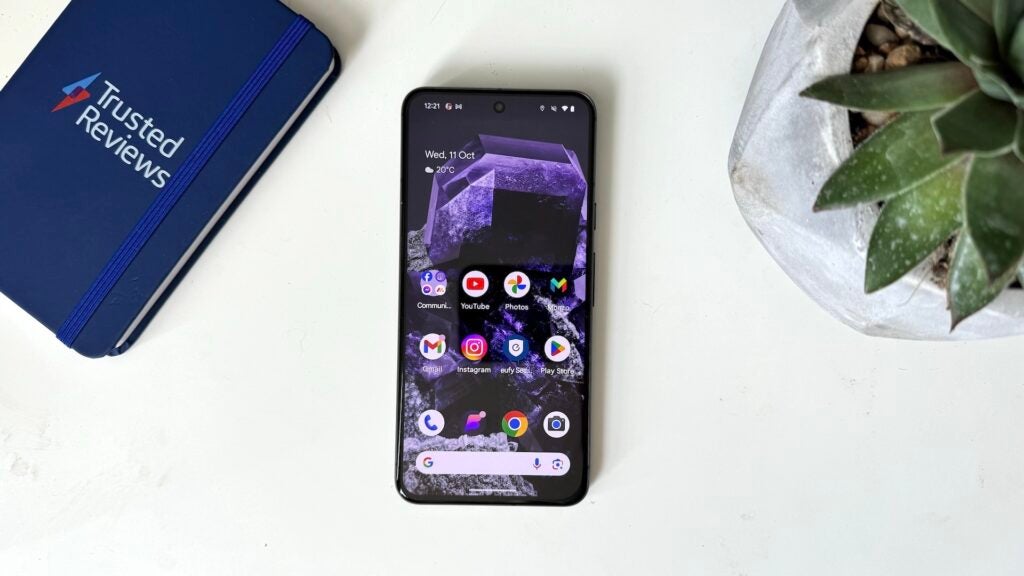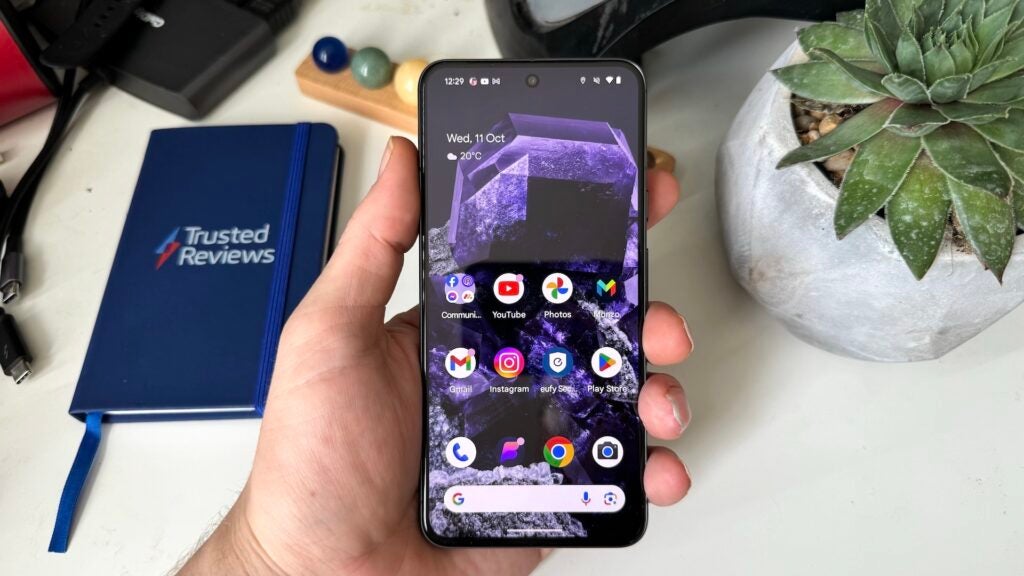
OPINION: Just a few days after Google confirmed that this year’s Google I/O would take place on 14 May, the Pixel 8a – which is expected to be announced at the showcase – suffered a huge leak.
If the rumours are indeed true, the Pixel 8a sounds like a capable beast. So much so that I’m a little bit concerned about the regular Pixel 8.
There have always been similarities between the A-series and the flagship Pixels, but there have always been key differences between them that showcase the Pixel A-series’ budget nature.
With the Pixel 7 and Pixel 7a, those differences came in the form of refresh rate, display size and the camera offering. The Pixel 7’s 6.3-inch panel with a 120Hz refresh rate and dual camera offering beating the 90Hz, 6.1-inch screen and dual camera offering from the Pixel 7a. However, if the rumours are true, most of these differences could be a thing of the past with the release of the Pixel 8a.

Take the refresh rate for example; despite only making the jump to 90Hz with the Pixel 7a, the Pixel 8a could again make the jump, this time to the same 120Hz as the regular Pixel 8. It’s not just the refresh rate either; other key Pixel 8 screen tech, like the 1400nits peak HDR brightness, could be available on the Pixel 8a.
The chunky bezels of the Pixel 7a could all but disappear with the Pixel 8a, with the same report claiming that the corner radius of the Pixel 8a’s screen closely matches that of the regular Pixel 8 series.
In fact, rumours suggest that the panel will be sourced by BOE and Samsung, the same manufacturers that handle the Pixel 8’s screen tech. This lends credence to the idea that the two panels will be near-identical. The only other key difference is size, with a rather insignificant 0.1-inch difference between the two.
The flagship Pixel 8 also introduced DisplayPort output support, another feature that’s said to be coming to the Pixel 8a. While it doesn’t offer a PC-esque DeX setup like Samsung flagships right now, it could in the future. Hey, the Android 15 reveal is only a couple of months away…


And, of course, the Pixel 8a will continue the long trend using current flagship-level chips, this time in the form of the Google Tensor G3. That’s the same as the Pixel 8 – in most regards, anyway. While there are small differences in the manufacturing process with the Pixel 8a’s G3 essentially using cheaper parts, the real-world difference is likely negligible, as with previous A-series phones.
That’s all a roundabout way of saying that the Pixel 8a will be closer to the Pixel 8 than any other A-series release before it, and with an expected price tag of around £449/$499, it’ll be much cheaper than the £699/$699 flagship.
There are still differences between the two phones – the Pixel 8a uses a smaller 64MP main sensor in place of the Pixel 8’s larger 50MP sensor, and it’s a similar story in the ultrawide department. The Pixel 8 also offers marginally better dust and water resistance, but for the bargain-hunting consumer, I’m not sure these differences matter all that much.
In most key metrics, it seems the Pixel 8a will match the Pixel 8’s offering at a cheaper price point. That’s great for consumers around the world, but it doesn’t exactly bode well for sales of the flagship alternative.










